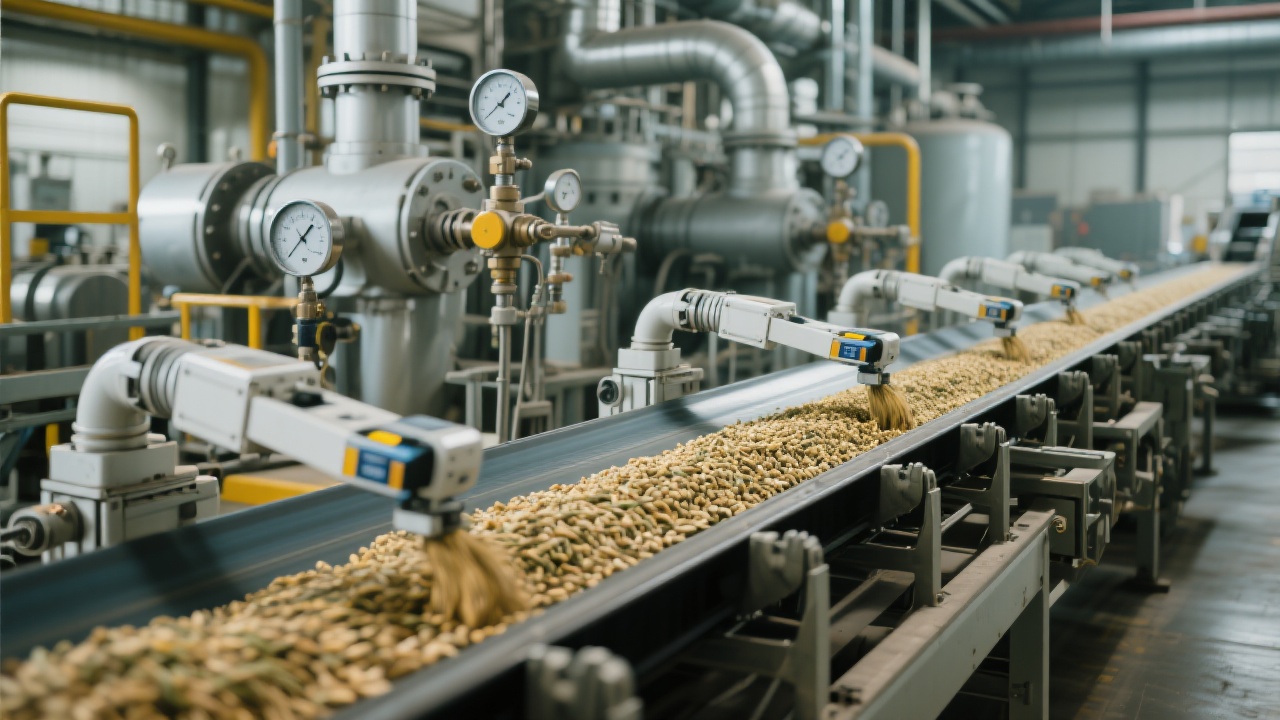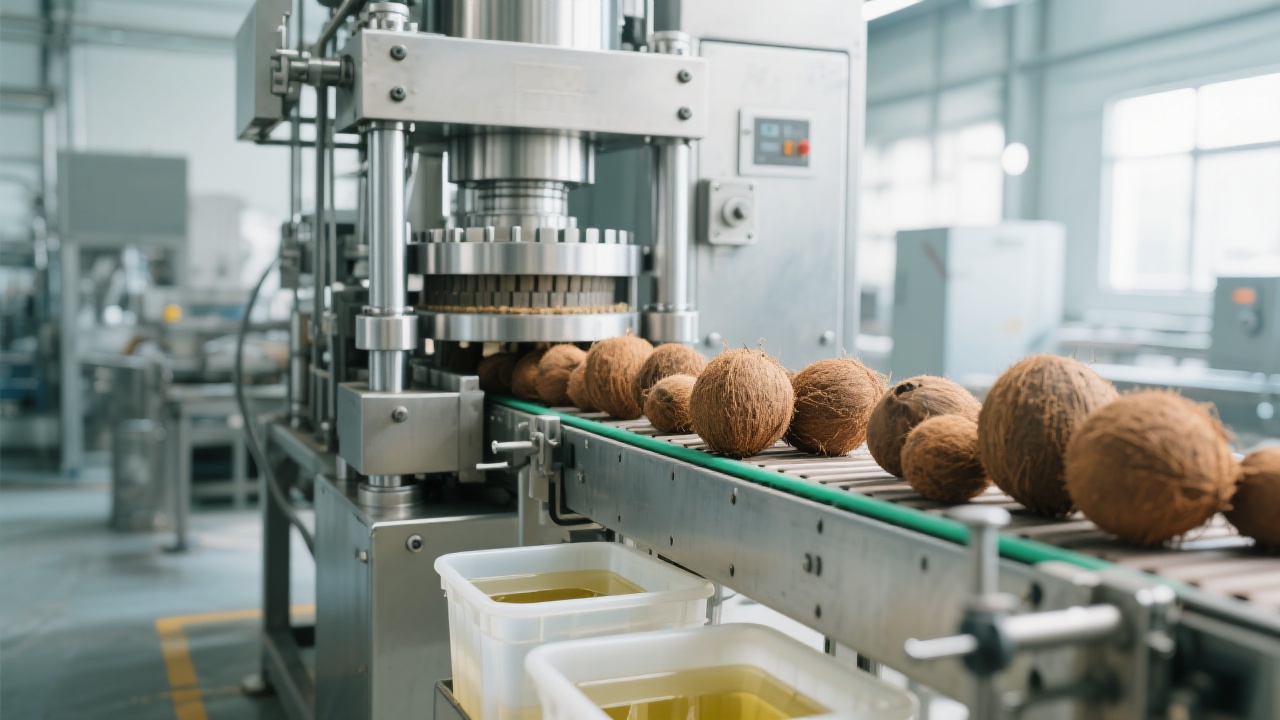
Soybean meal, a pivotal coproduct derived from soybean oil extraction, stands as an essential protein source in animal nutrition, enriched with balanced amino acids required for optimal growth. This guide explores scientific approaches for integrating soybean meal into various animal feeds, focusing on proportion optimization to elevate feed conversion ratios and animal health outcomes.
Soybean meal typically contains 44-48% crude protein and a rich array of essential amino acids, notably lysine and methionine, critical for monogastric animals. However, its inherent anti-nutritional factors, such as trypsin inhibitors and oligosaccharides, pose palatability and digestibility challenges. Current industrial processing methods like heat treatment and enzyme supplementation effectively mitigate these issues, ensuring consistent feed acceptance and nutrient availability.
Efficient feed formulation mandates tailoring soybean meal inclusion rates to species-specific digestive capabilities and growth requirements:
| Animal Type | Recommended Soybean Meal Proportion (%) | Observed Benefits |
|---|---|---|
| Swine | 15-25% | Improved growth rate, lean meat yield, feed conversion ratio improvement by ~8% |
| Poultry | 20-30% | Enhanced egg production, uniform weight gain, digestibility gains up to 10% |
| Aquaculture | 10-15% | Improved protein efficiency ratio, immune function stimulation |
In a commercial pig farm in the Midwest United States, adjusting soybean meal inclusion from 18% to 22% in grower diets resulted in measurable improvements. Within a 90-day growth cycle, average daily gain increased by 7.5%, and feed conversion ratio improved from 2.9 to 2.67. These gains translated to a 5% cost reduction per kilogram of pork produced, highlighting the economic viability of strategic formulation adjustments.

International soybean meal markets are influenced by variable harvest yields, geopolitical trade policies, and shifting feed ingredient preferences. For example, the 2023-2024 season saw a 6% contraction in Brazil's soybean output due to adverse weather events, tightening global supplies. Concurrently, increased aquaculture feed demand in Southeast Asia sustains upward price pressures, with global soybean meal prices averaging $400-$450 per metric ton. Importers and feed producers must track port logistics bottlenecks and currency fluctuations to anticipate cost variations effectively.

Beyond conventional feed uses, soybean meal is undergoing expansion into functional feed additives and organic fertilizer production.

Feed manufacturers increasingly leverage production and animal performance datasets to continually refine soybean meal proportions. Real-time monitoring of feed intake, growth metrics, and health indicators by IoT sensors and cloud analytics permits agile formula adjustments, enabling responsiveness to fluctuating raw material costs and evolving animal requirements. Industry benchmarks indicate that formulas updated bi-monthly based on data insights yield 3-5% higher operational efficiencies.
Discover Advanced Soybean Meal Solutions to Maximize Feed Efficiency Today

